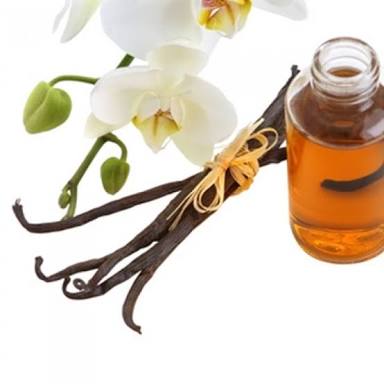
Don't get too frightened, vanillin isn't one of the most toxic food additivies you'll find and in fact usually won't trigger much more than a headache or allergic reaction in sensitive folks. Usually, switching from artifical vanilla extract to pure vanilla extract is all that is needed to avoid issues. Many connoisseurs of the vanilla bean claim vanillin to be an inferior product to pure vanilla extract anyway. If you're making an attempt to eat quality food, you probably won't encounter much vanillin anyway.
Vanillin and vanilla have induced skin sensitization in humans, whilst ingestion has provoked intolerance reactions. Treatment with vanillin caused skin iriitation in guinea-pigs and eye irritation in rabbits. In rodents, vanillin was of low to moderate acute oral toxicity. Repeate oral administration in rats may induce tissue effects at varioussites including the liver, kidneys, and spleen. A Soviet report desribed liver, kidney, spleen ang lung abnormalities, together with effects on the red and white blood cells, in mice treated dermally and in rats exposed by inhalation. A limited dietary study in rats found no evidence of carcinogenicity. Vanilin induced chromosomal damage in human cells treated in culture, but showed no genotoxic activity in mice treated orally or in hamster cells in culture. There was no evidence of mutagenic activity in bacteria (including Ames tests) or in yeast.



